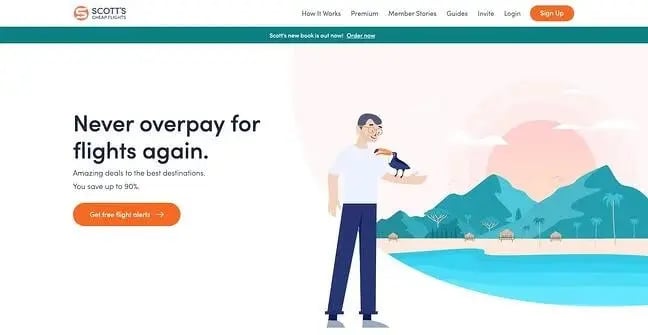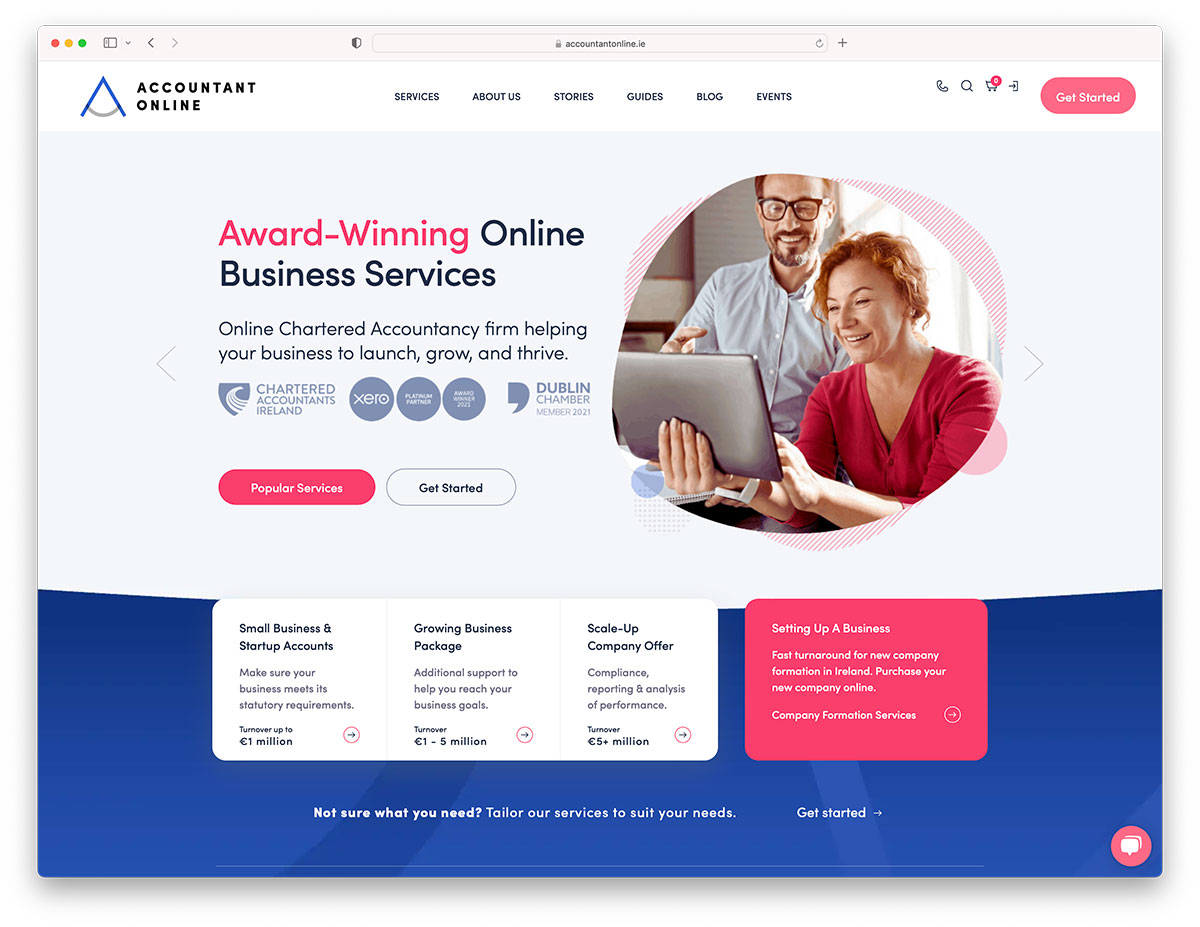Modern Site Style That Catches Focus and Transforms
In a progressively electronic landscape, contemporary web site layout has actually arised as a crucial variable in catching customer attention and driving conversions. By tactically employing aesthetic hierarchy, receptive formats, and engaging interactive elements, developers can develop experiences that not only bring in visitors yet also promote meaningful communications. Reliable call-to-action techniques play an important role in leading users toward wanted end results. As we discover these essential elements, it comes to be clear that understanding their interaction can significantly affect a web site's efficiency and individual contentment. What are the essential components that really make a difference?
Relevance of Visual Pecking Order
Aesthetic hierarchy is a critical aspect in website design, as it guides users' focus and improves their overall experience. By tactically arranging material, designers can guide users to the most vital info initially, thus enhancing interaction and improving functionality.
Integrating a rational flow in web content arrangement is necessary; as an example, positioning one of the most vital info at the top of a web page promotes instant recognition. Consistent use of typography, such as differing font dimensions and designs, assists establish a clear material structure. This organization not only aids in navigation yet likewise builds trust fund, as individuals really feel a lot more comfortable when they can easily discover what they are searching for.
Eventually, a well-executed aesthetic pecking order not only improves aesthetic charm however also substantially impacts customer actions. By prioritizing vital aspects and guaranteeing a seamless experience, developers can effectively transform visitors into clients, reinforcing the relevance of this fundamental style principle in modern-day web site advancement.
Responsive Design for All Devices
Producing a smooth experience across different devices is vital in today's digital landscape, where users access websites from smart devices, tablet computers, and desktop computers alike. Receptive layout is an essential technique that makes sure sites adapt fluidly to various screen positionings, resolutions, and sizes. By employing adaptable grids, photos, and CSS media inquiries, designers can develop layouts that maintain aesthetic stability and functionality, despite the device being used.
The relevance of responsive layout prolongs past looks; it directly impacts individual interaction and conversion rates. A website that operates well on all devices urges longer check outs and decreases bounce prices, as users are more probable to communicate with web content that is easy to browse. In addition, internet search engine, specifically Google, prioritize mobile-friendly websites in their positions, making receptive design an essential element of seo (SEO)
Incorporating receptive style not only improves individual experience but additionally enhances the development procedure. By creating a single site that works throughout devices, services can conserve time and sources contrasted to developing separate mobile and desktop computer variations. Inevitably, responsive style is a basic approach for modern-day website style, ensuring ease of access and fulfillment for all customers, despite their device.
Engaging Interactive Aspects
While a receptive style prepares for a useful web site, integrating appealing interactive components is important for catching individual attention and fostering deeper connections. Website Design. Interactive elements, such as animations, tests, and clickable infographics, create a more dynamic customer experience, motivating visitors to invest even more time on the site
Integrating interactive features can also assist individuals through complex details, making it simpler to digest web content. For instance, interactive sliders can show product variations, while embedded video clips can supply presentations or testimonies that resonate greater than fixed images or text. Furthermore, gamification strategies, like rewards for involving or completing jobs with content, can improve user inspiration and retention.
Effective usage of interactive aspects not only improves the individual experience yet can likewise bring about greater conversion rates. By making communications pleasurable and try this web-site useful, services can grow a sense of commitment and count on with their target market. However, it is vital to balance interactivity with performance; excessively intricate features may prevent website speed, negatively influencing customer fulfillment. Eventually, incorporating properly designed interactive elements can substantially raise a website's efficacy, driving interaction and conversions in today's competitive electronic landscape.
Structured Navigating Practices
Efficient navigating is a foundation of any type of effective internet site, as it straight influences individual experience and content accessibility. Streamlined navigating methods guarantee that users can quickly situate info, boosting their communication with the website. A well-structured navigation food selection ought to be user-friendly and simple, normally featuring a limited variety of key classifications to prevent overwhelming site visitors.
To accomplish streamlined navigating, designers must focus on a hierarchical framework that logically arranges web content. Applying breadcrumb tracks can offer customers with context regarding their current place within the website, allowing for smooth backtracking. In addition, making use of drop-down menus can efficiently preserve area while still providing access to subcategories.
Responsive design is critical, as navigation ought to be useful across all tools (Website Design). Mobile individuals, in specific, benefit from touch-friendly food selections and collapsible areas that maintain use without jeopardizing appearances

Effective Call-to-Action Methods
A well-crafted call-to-action (CTA) is necessary for directing customers toward desired results on a website, as it urges them to engage with web content or purchase. To maximize their performance, CTAs ought to be clear, engaging, and tactically put throughout the site.
First, make use of action-oriented language that communicates seriousness or worth, such as "Start," "Join Currently," or "Insurance claim Your Discount." This language not just encourages users however likewise establishes clear expectations concerning the following steps.
2nd, consider style aspects; CTAs need to attract attention aesthetically through contrasting colors, enough whitespace, and prominent positioning. A switch that is simple to see visit site and click rises the likelihood of individual communication.
Furthermore, personalizing CTAs based upon customer actions or demographics can substantially enhance interaction. Customized messages reverberate more with individuals, driving greater conversion rates.

Conclusion
In verdict, modern website style stresses the combination of aesthetic hierarchy, responsive formats, involving interactive aspects, streamlined navigation, and efficient call-to-action approaches. These components collectively boost user experience, making sure that site visitors continue to be engaged and encouraged to explore material further. By prioritizing these design concepts, businesses can significantly enhance individual retention and conversion rates, ultimately causing better success in the electronic landscape. The continuous advancement of website design emphasizes its important function in effective on-line communication and advertising and marketing.
In a significantly digital landscape, modern-day website style has actually emerged as a crucial aspect in recording user interest and driving conversions.Visual power structure is an important element in internet site style, as it guides customers' interest and enhances their total experience.The value of responsive style prolongs past appearances; it directly affects customer interaction and conversion rates.Including responsive layout not only enhances user experience yet likewise streamlines the growth process. Ultimately, receptive style is a fundamental method for modern website design, making certain ease of access and complete satisfaction for all users, no matter of their gadget.